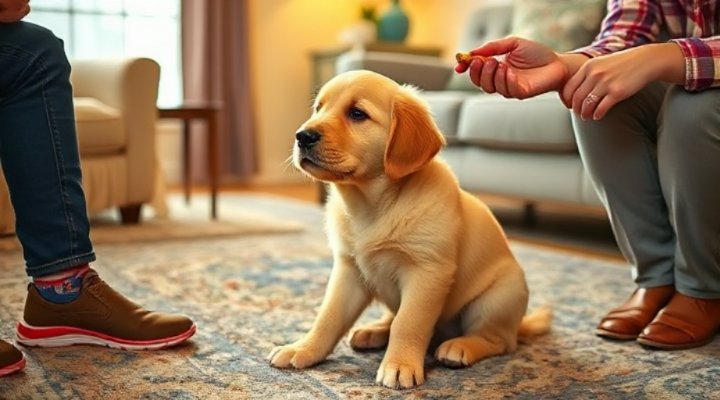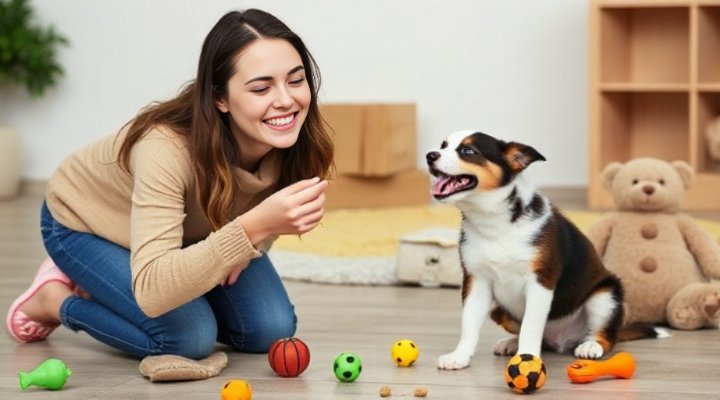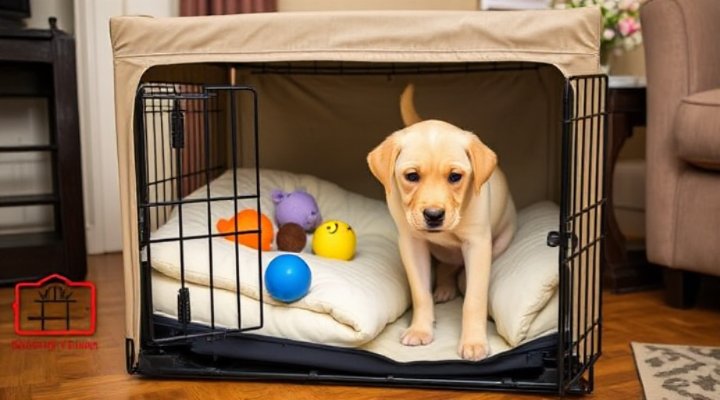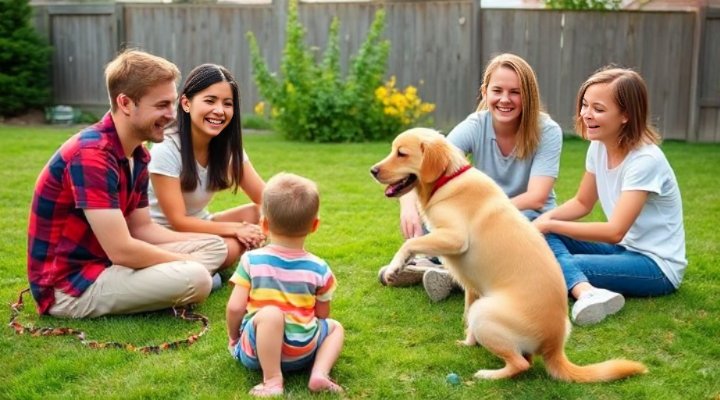Training your puppy at home doesn’t have to be overwhelming. With the right approach and some patience, you can teach your furry friend all the essential skills they need to become a well-behaved family member. Let’s explore some proven techniques that make training your puppy at home both effective and enjoyable.

Getting Started with Basic Commands
When training your puppy at home, it’s best to start with simple commands like ‘sit’, ‘stay’, and ‘come’. These foundational skills will make all other training much easier. For example, teaching your puppy to sit before meals helps establish good manners. Our guide on basic dog commands offers more detailed instructions.
Remember, training sessions should be short (5-10 minutes) and frequent throughout the day. Puppies have short attention spans, so keeping sessions brief ensures they stay engaged. Most importantly, always end on a positive note with praise or a small treat.

House Training Made Simple
One of the first challenges when training your puppy at home is housebreaking. Consistency is key here. Take your puppy outside frequently, especially after meals, naps, and play sessions. When they do their business outside, reward them immediately with treats and enthusiastic praise.
For indoor options, consider using a puppy grass pad in a designated spot. This can be particularly helpful for apartment dwellers or during bad weather. The American Kennel Club provides excellent house training resources that complement our approach.

The Power of Positive Reinforcement
Positive reinforcement is the most effective method when training your puppy at home. This means rewarding good behavior with treats, praise, or playtime, rather than punishing mistakes. For instance, when your puppy sits on command, immediately give them a treat and say “good sit!” in an excited voice.
Our article on positive reinforcement training delves deeper into this scientifically proven method. Remember, puppies learn best when they associate good behavior with positive outcomes.

Crate Training Benefits
Introducing a crate when training your puppy at home provides numerous benefits. It gives your puppy a safe space of their own and aids in house training. Start by making the crate inviting with soft bedding and toys. Feed meals near the crate and gradually move them inside.
For more tips on making crate training successful, check out our crate training guide. The Humane Society offers additional crate training advice that aligns with our positive approach.

Socialization and Beyond
While training your puppy at home, don’t forget about socialization. Expose your puppy to different people, sounds, and experiences in a controlled, positive way. This helps prevent fear and aggression issues later in life. Simple things like having friends visit or playing recordings of various sounds can make a big difference.
As your puppy masters basic commands, you can move on to more advanced training. Our best dog training methods article covers progression from basic to advanced skills.
Training your puppy at home is a journey that strengthens your bond and creates a well-mannered companion. With consistency, patience, and these proven techniques, you’ll be amazed at what your puppy can learn. Remember to enjoy the process – these early training days create memories that last a lifetime!
Related Keywords: puppy training schedule, dog obedience training at home, how to train a puppy, basic puppy commands, house training a puppy, positive reinforcement dog training, crate training puppies

